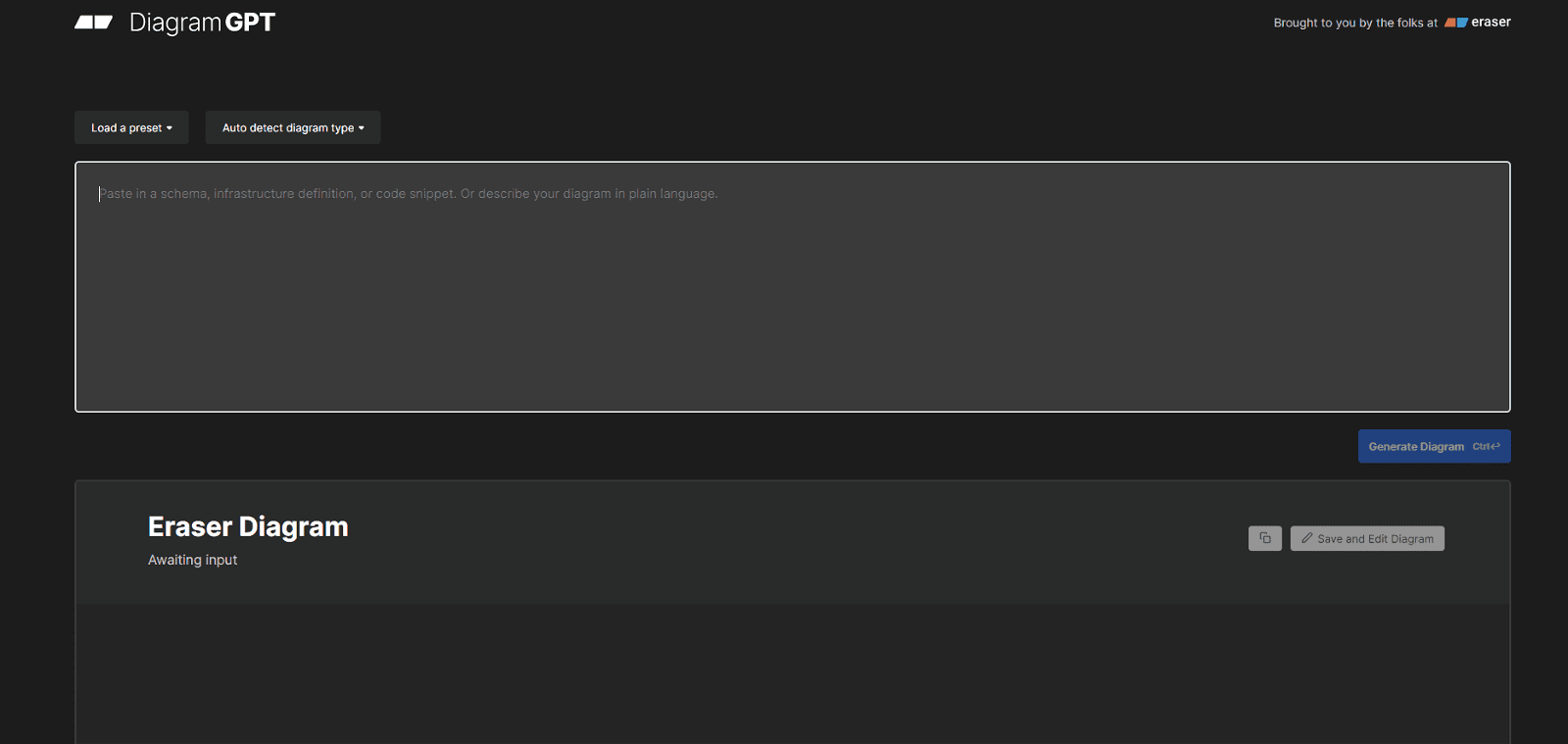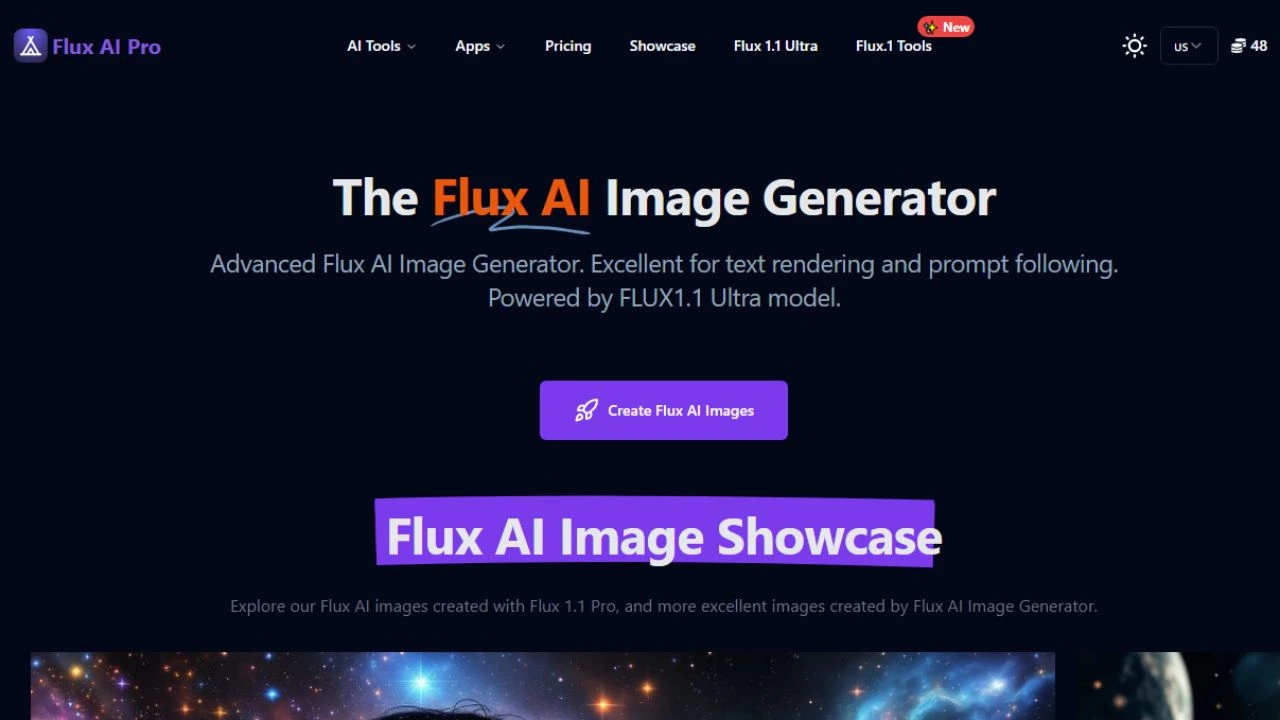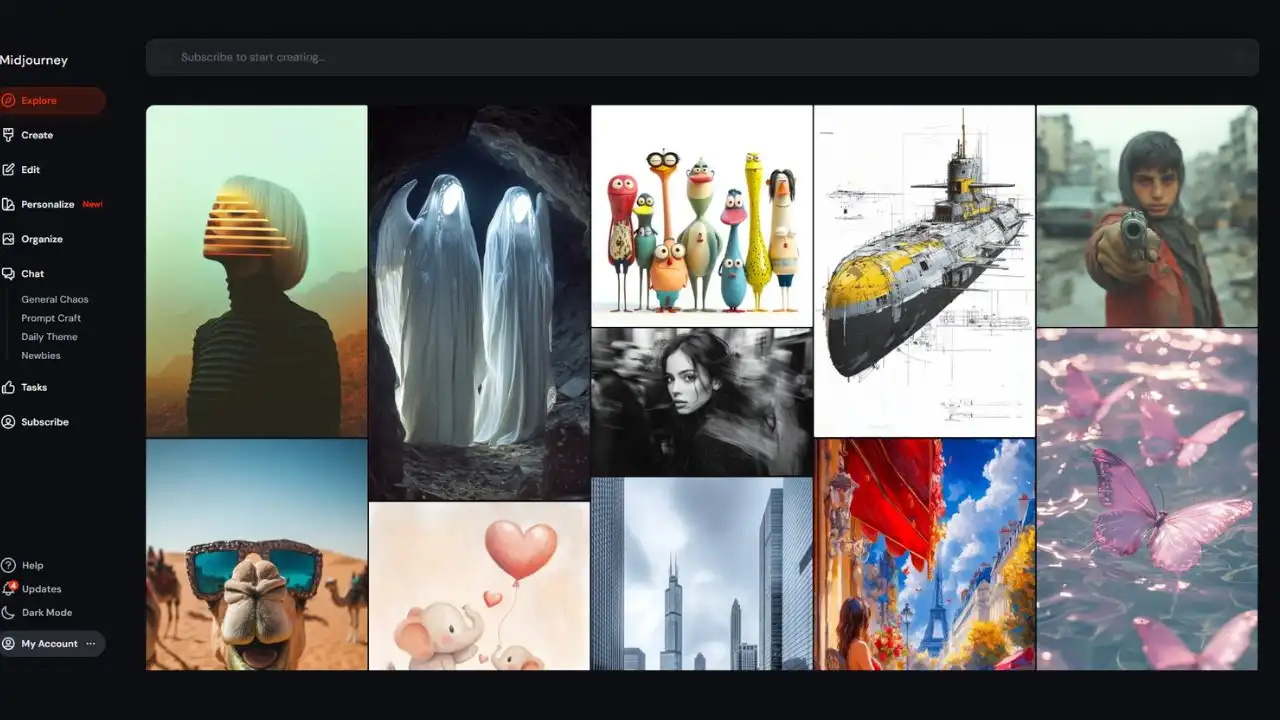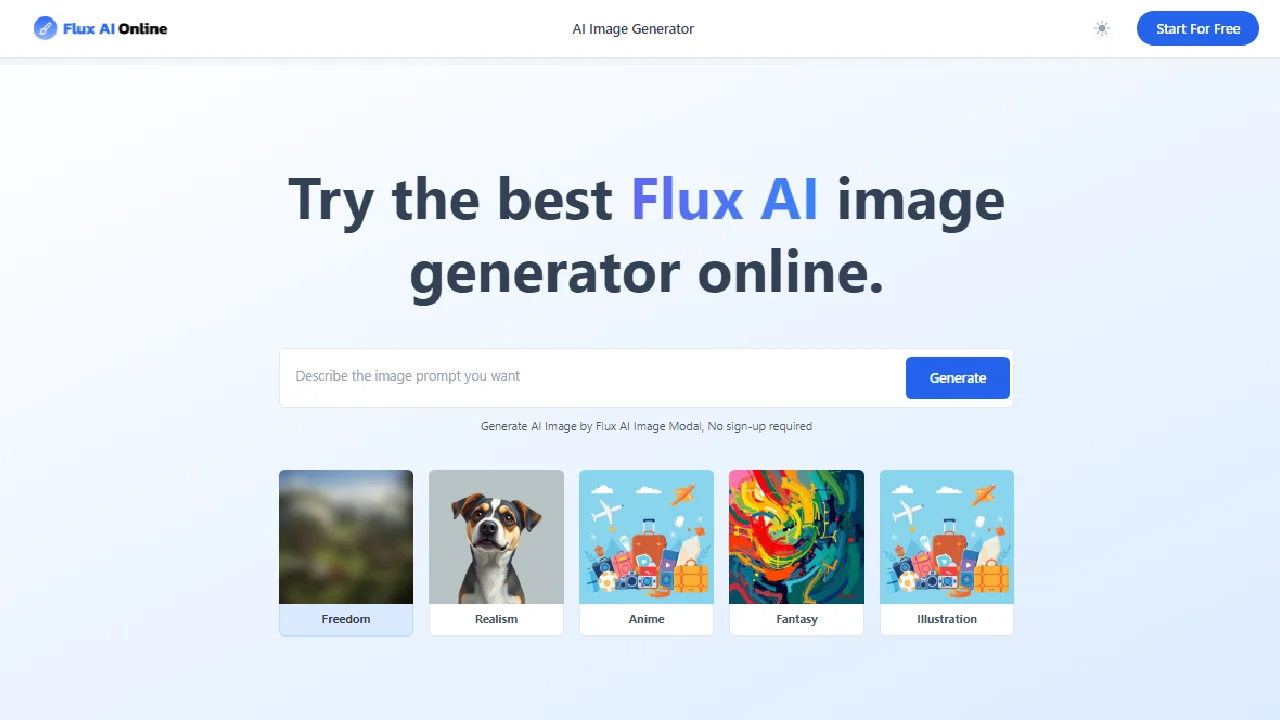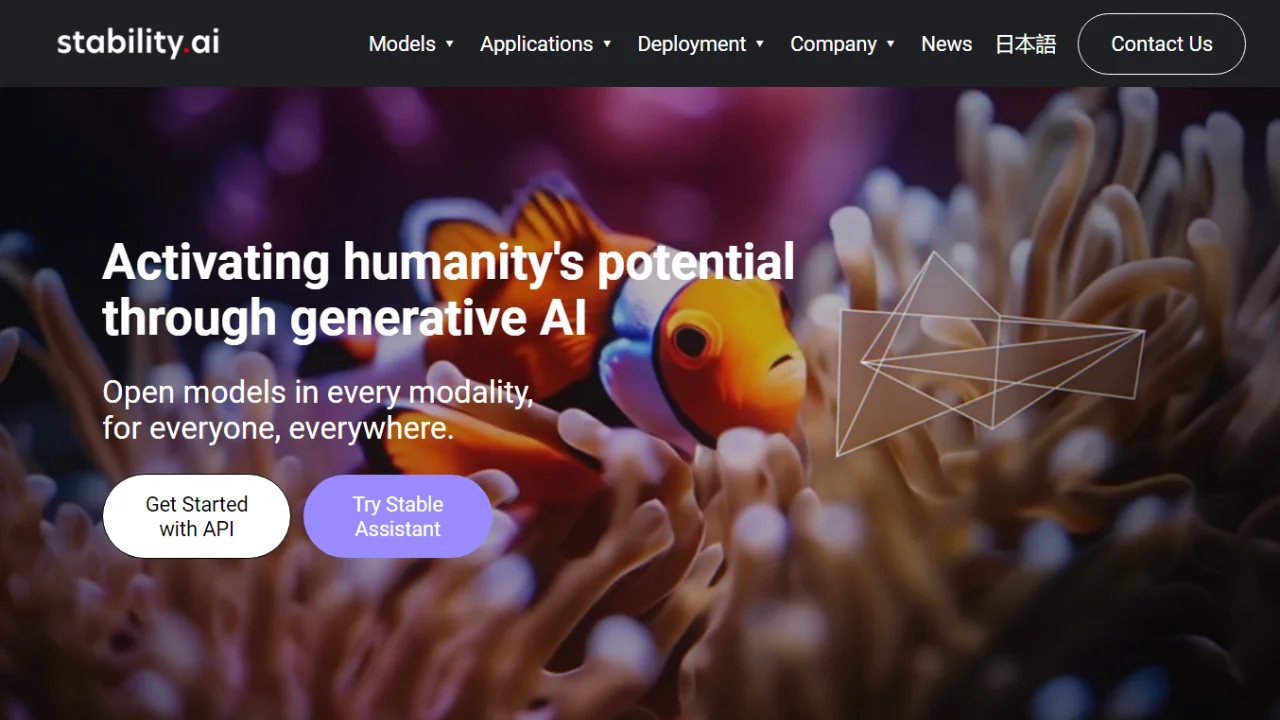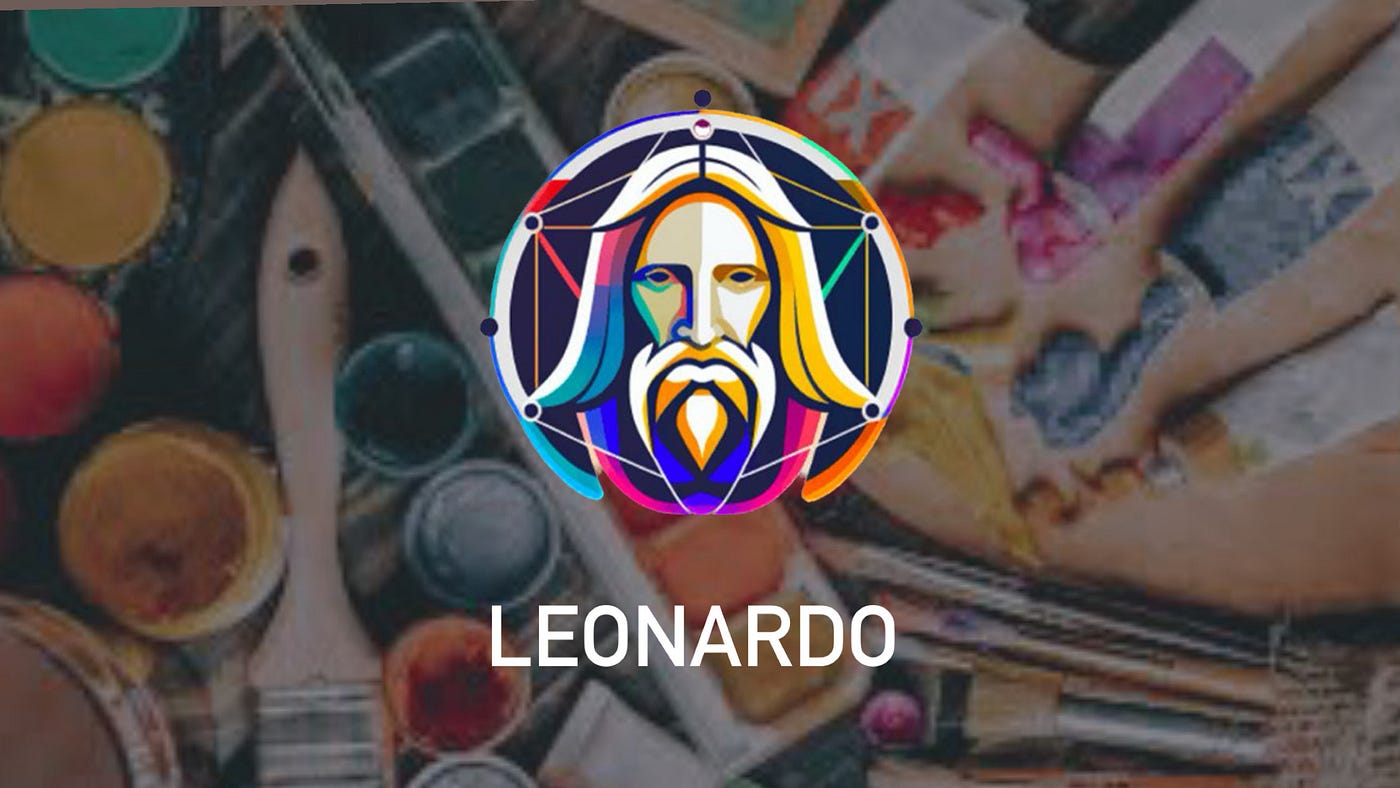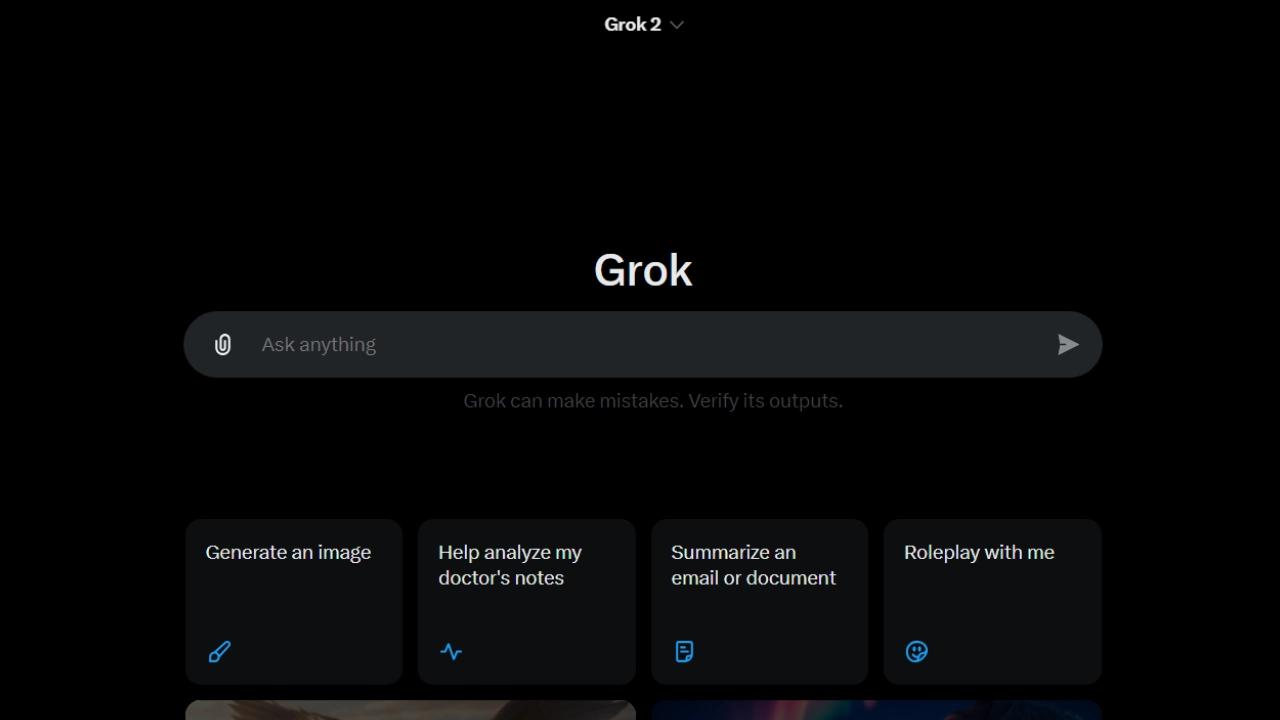DiagramGPT, an AI tool developed by Eraser, leverages OpenAI’s GPT-4 to generate technical diagrams based on code or plain language prompts. Currently supporting entity relationship diagrams, cloud architecture diagrams, and sequence diagrams (with flowcharts forthcoming), DiagramGPT empowers users in various scenarios like architecture design, whiteboard interviews, and documentation.
Users can seamlessly edit the diagrams in Eraser, a whiteboard tool tailored for engineering teams, using diagram-as-code syntax. Eraser offers a plethora of resources, templates, and integrations, alongside documentation and design assets at designDocs.dev.
Users can provide feedback and suggest improvements via email, Twitter, or the Slack community. Overall, DiagramGPT simplifies diagram creation, particularly for engineering teams, while Eraser provides a robust ecosystem for diagramming, documentation, and collaboration.
More details about DiagramGPT by Eraser
Are there any upcoming features of DiagramGPT?
The upcoming features of DiagramGPT include the introduction of flowcharts. Additionally, there is more emphasis on tighter integration with Eraser.
How does DiagramGPT contribute to documentation and wireframing?
DiagramGPT generates technical diagrams that can contribute to documentation and wireframing by visualizing data, systems, processes or information in a comprehensive yet simplified manner. Thus, it can help in creating detailed reports and designing blueprints.
What is the use of Eraser in DiagramGPT?
Eraser is a whiteboard tool designed for engineering teams that can edit DiagramGPT generated diagrams. It’s a platform that gives the ability to adjust and personalize the diagrams generated so that it best suits the user’s needs.
